Cycling Backpacks - What to keep in mind when buying a cycling rucksack
A cycling backpack, some cyclists and mountain bikers swear by it, and we understand that. If you ride long solo distances on your road bike, a backpack can be an easy way to bring tools and some spare parts. For mountain bikers, cycling rucksacks are particularly popular as water carriers. And what about commuters? They need a cycling backpack with lots of luggage space. Want to find out what type of backpack is right for you? And how much will actually fit in it?
Cycling backpacks really do come in all shapes and sizes. A good cycling rucksack sits comfortably on your body and offers enough space for bike tools and/or other items. And with a bit of luck, it can also hold a hydration bladder.
A comfortable cycling backpack
Needless to say, wearing comfort is the top priority in all cycling backpacks. Whether you are hitting the road for a relatively short ride or spending a whole day in the saddle, a cycling rucksack should not be(come) an obstacle in any way. And it should also score well in terms of ventilation.
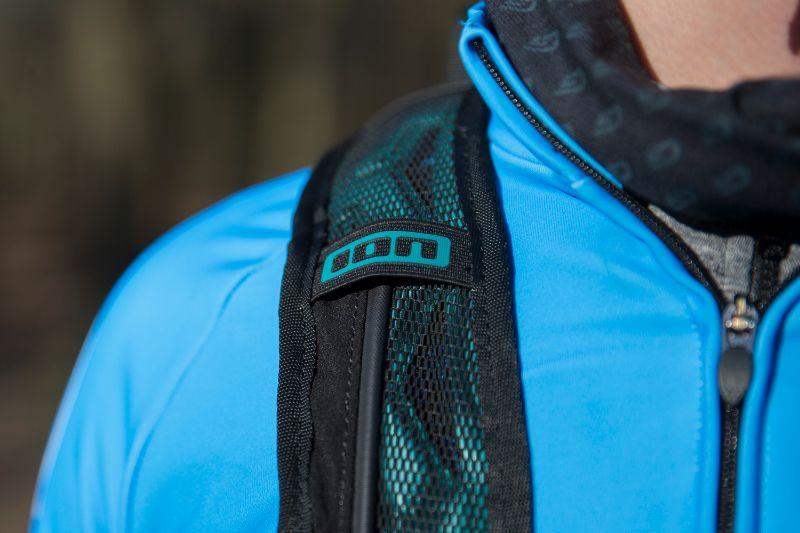
Most manufacturers make sure there is plenty of space between your back and the backpack for a good airflow. Otherwise, a backpack can feel quite sweaty.
Backpacks for mountain bikers, road cyclists and commuters
Besides storage space, many cycling backpacks for mountain bikers also include a water reservoir, or hydration bladder. Backpacks for road cyclists are usually compact and lightweight and have no water reservoir.
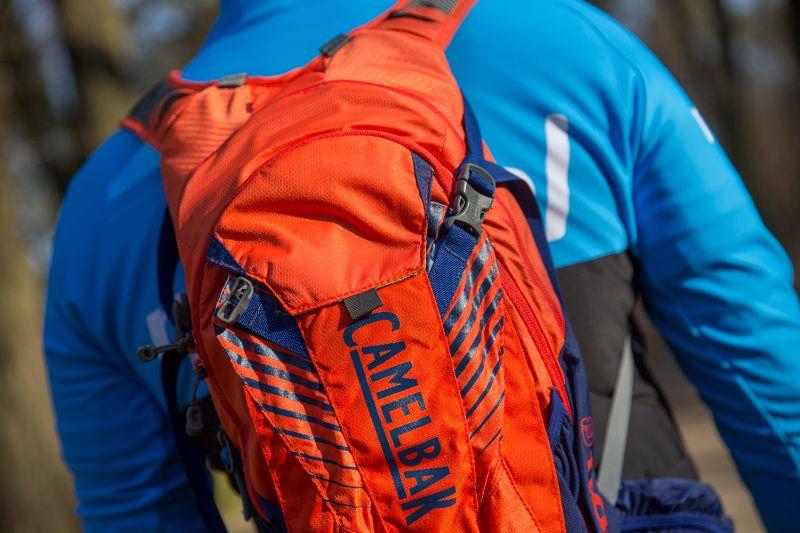
Most cycling rucksacks intended for commuters are fully waterproof and extra spacious, and can be worn as a backpack or mounted on your bike’s luggage rack. Most bags have several compartments that allow you to organise your things easily.
Many non-waterproof cycling backpacks come with a waterproof cover stowed away in a small zipped pocket. If your cycling rucksack does not come with a cover, you can probably buy one separately. Such covers are usually a striking colour and have reflective elements, increasing your visibility - and safety - to other road users when it rains.
Backpacks for travellers
There is a dedicated category of larger travel rucksacks, which can be used for weekend bikepacking trips or other travels. These cycling backpacks may not be able to hold all your gear but provide more space in addition to the panniers mounted on your bike.
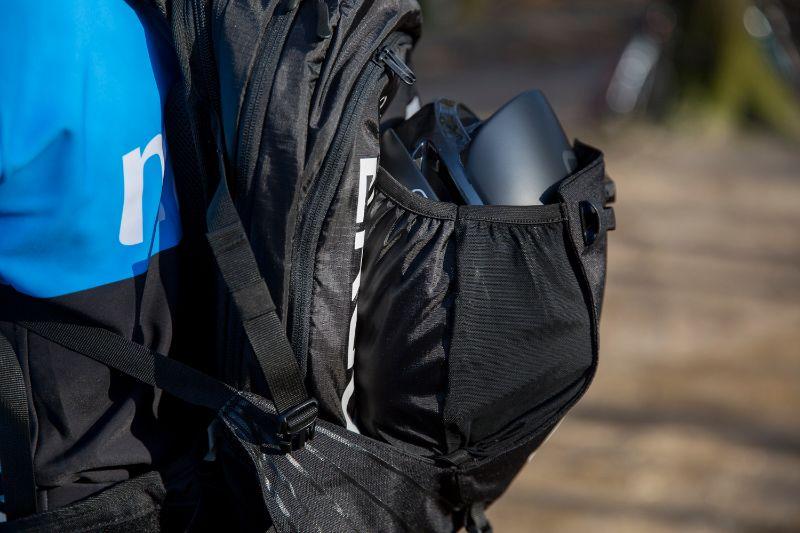
You can use it, for example, to carry your sleeping bag, which takes up space but does not weigh much. When it is in your rucksack, the load on your shoulders is minimal.
Backpacks with no water reservoir
First and foremost, cycling backpacks for road cyclists and mountain bikers must be lightweight and comfortable. Most of these rucksacks are also slightly narrower than regular backpacks.
By the way, most road cyclists do not use a backpack except perhaps in very cold or rainy winter conditions. The backpack is then used to bring some more spare parts and a wind- or waterproof cycling jacket.
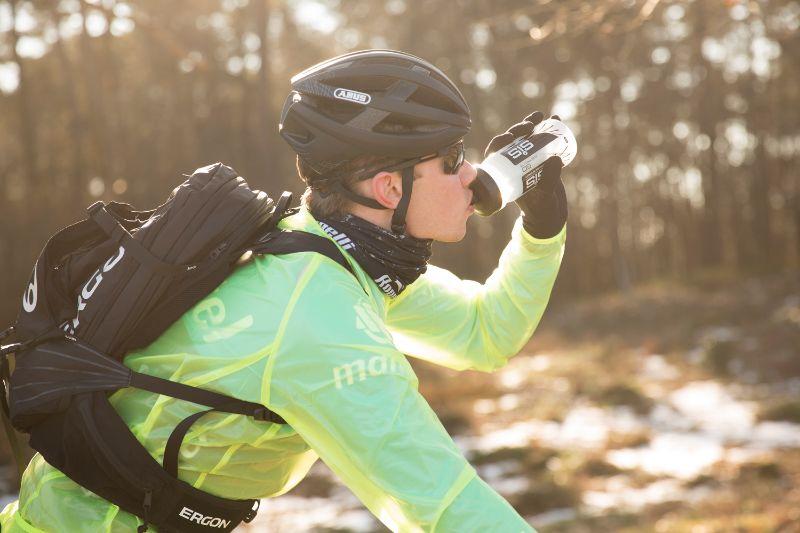
Road riders generally cram their ride essentials in the back pockets of their cycling jersey. For mountain bikers this is usually not an option because they ride over rough and bumpy terrain where they could easily lose things.
In summer, cycling backpacks without a water reservoir are mainly used by recreational riders who go out for long day trips. For them, the backpack offers plenty of space for spare parts, bike tools and some food and drinks.
Backpacks with a water reservoir
A cycling rucksack with a water reservoir is most convenient for mountain bikers. This group does not like to put things in any back pockets of their cycling jersey because they can fall out easily during the ride. Please note that a backpack that fits a hydration bladder does not always come with one; sometimes you have to buy it separately.
Furthermore, most MTBs only have clearance for one water bottle cage. And on some mountain bikes, even that space is very limited. On a hot summer day, a single water bottle is not enough even for a relatively short ride.
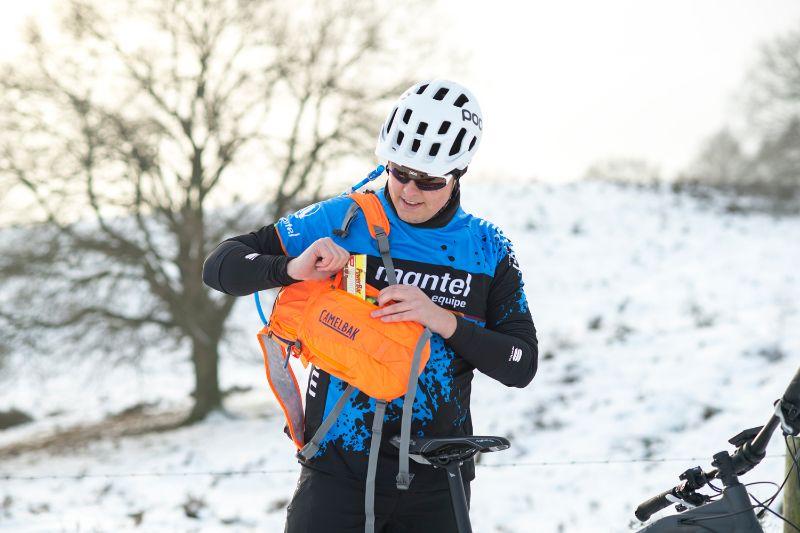
Moreover, on rough terrain a water bottle can bounce out of its cage. No wonder, then, that many mountain bikers prefer to carry a cycling backpack with a hydration bladder. The range even includes models with a water reservoir of up to 3 litres!
In most cycling backpacks with a water reservoir you can also store other ride essentials - a spare inner tube, a hand pump and a lightweight cycling jacket will certainly fit, as well as a compact multi-tool or repair kit.
Backpacks for bikepackers and commuters
In backpacks that must hold a lot of luggage, not only the volume is important but also the waterproofing. Nobody wants to carry a lot of luggage only to take it out of the rucksack soaking wet at their destination.
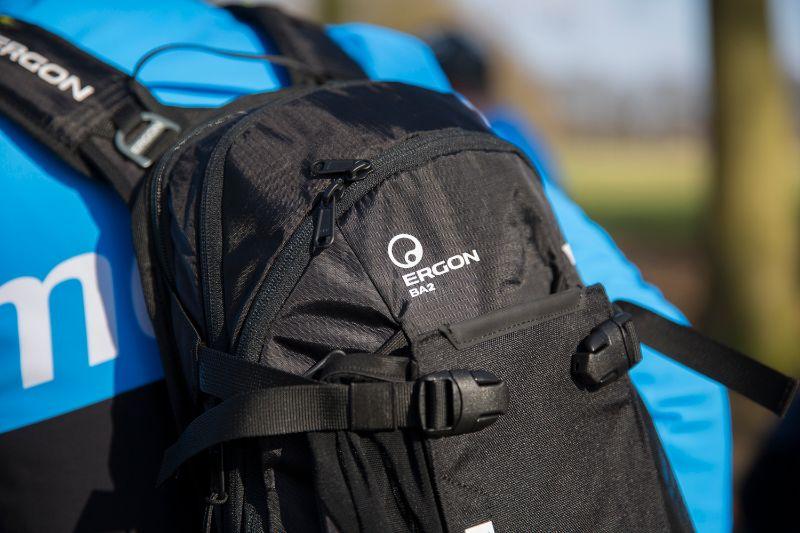
It is also useful to have several easily accessible pockets or compartments. Small change, your phone, an access card etc. are things you don't want to have to go looking for in the depths of your backpack when you need them.
How big a backpack do you need?
So, when choosing a cycling rucksack, it is wise to take time to consider how you are going to use it. First, decide whether you want to carry a water reservoir in it. Then determine the volume based on the type of use.
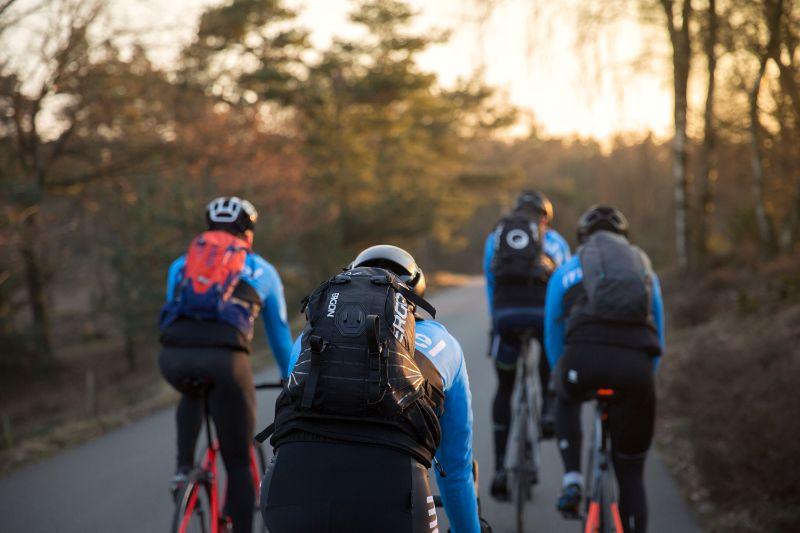
Will you be using the backpack for day trips on your road or mountain bike? Or for cycling holidays or your daily commute? You may find it useful to put the things you want to carry in it on a table at home, make a pile and see how much it is.
It's better to have some space left over than to run short. In fact, most cycling backpacks have handy straps you can use to squeeze empty space and make a nice compact pack.
Store or attach your bike helmet
A final point to consider when buying a cycling backpack is whether you can easily attach your bike helmet to it. Some cycling rucksacks have helmet loops or even a dedicated helmet compartment.
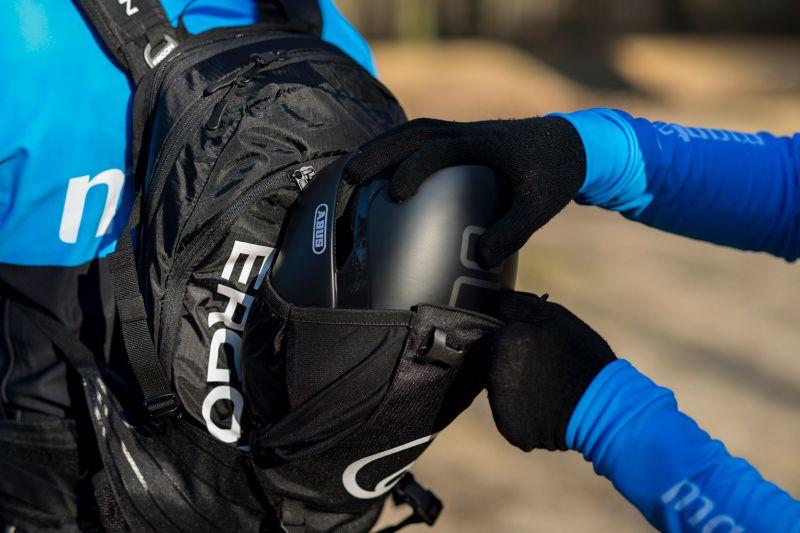
Downhill and Enduro riders in particular will appreciate being able to attach their helmet to their rucksack. With such bulky full-face helmets, it's nice to be able to keep it off for a while when you don't need it.
Below we provide a general overview of how big your cycling backpack should be to be able to hold various items. This is not written in stone because every cyclist and rider has their own preferences; rather, it serves as an indication of the sizes of the items. The bag’s volume or capacity does not take a water reservoir into account.
What fits in what backpack size?
| Capacity / Volume (litres) | 0-5 l. | 6-10 l. | 11-15 l. | 16-20 l. | 21-25 l. |
| Multi-tool | |||||
| Telephone | |||||
| Wallet | |||||
| Inner tube | |||||
| Tyre levers | |||||
| Pump/CO2 | |||||
| Rain/Wind jacket | |||||
| Energy bars/gels | |||||
| Chain tool and missing link | |||||
| Sun cream | |||||
| Arm and leg warmers | |||||
| Towel | |||||
| Extra clothes | |||||
| Work clothes | |||||
| Shoes |
Olle Vastbinder
You can find me on a bicycle almost every day. I commute each day from my house to work and back. Often on my road bike, and during the winter on an old crosser. And if that isn't enough, you can find me on my bike during most weekends too. On my trusty road bike or my mountainbike. And if you can't find me outdoors riding my bike, odds are I might be riding on Zwift
Related posts

Winter shoes for cycling on chilly, cold and ice cold days [Buyer’s Guide]
13 December 2022You demand more from your cycling shoes during winter. Few things are as uncomfortable as riding with cold feet ...
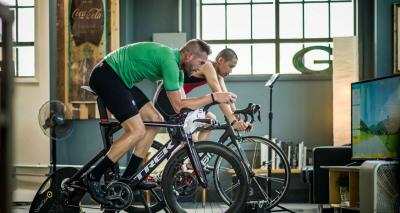
Turbo Trainers 2018-2019 - Which Trainer Best Suits Your Needs? [Buyer’s Guide]
13 October 2022Want to cycle with and against fellow cyclists using a turbo trainer at home? Thanks to the rise of Zwift that’s ...
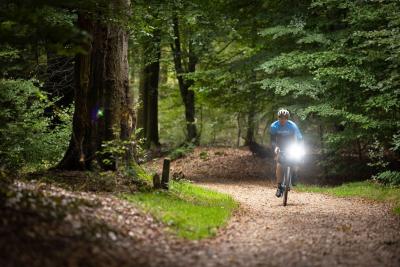
Bike Lights Buyer’s Guide 2022-23: Be safe on the road!
27 September 2022Having bike lights might be the easiest and most important way to be safe whilst cycling ...
 Nederland
Nederland België
België Deutschland
Deutschland United Kingdom
United Kingdom Finland
Finland Ireland
Ireland Luxembourg
Luxembourg Portugal
Portugal Poland
Poland Österreich
Österreich France
France España
España Italia
Italia Sverige
Sverige Danmark
Danmark










































































































































































































































